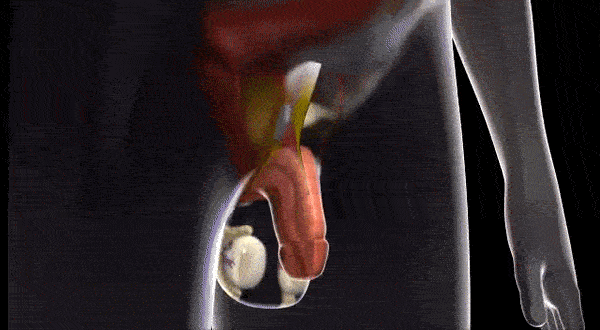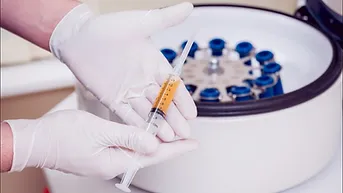Men with premature ejaculation have ejaculations that are persistently occurring to rapidly within a minute or so of penetration. This leads to significant distress/frustration of either you or your partner, compromising sexual intimacy
The period between penetration and ejaculation (also known as latency period) is within just a few minutes.
The problem must be persistent, either since the beginning of sexual experience, or newly developed.
The problem has been causing emotional distress or sexual dissatisfaction among either you or your partner.
Yes, it is estimated 1 in 3 men have premature ejaculation some time in their life
Yes, with either interventions such as behavioural therapy, pelvic floor exercise, decreasing sensitivity and oral medications, or a combination of them
There is a spectrum of delayed ejaculation (DE) disorders ranging from increased latency (time from penetration to ejaculation) to absent ejaculation, retrograde ejaculation, and anorgasmia. While there is no firm criteria for the diagnosis of DE, men with latencies more than 25-30 minutes are considered having DE.
DE can be tempororay or a lifelong problem. Similarly to Premature ejaculation (PE), DE is also divided into lifelong vs acquired DE. With lifelong DE, the problem is present from the time of sexual maturity. Acquired DE is preceeded by a period of normal sexual functioning
DE can result from medications, certain chronic health conditions, and surgeries. It can even be cause by substance abuse or a mental issue, such as anxiety or depression. In many cases, it is a combination of many factors, leading to DE.





